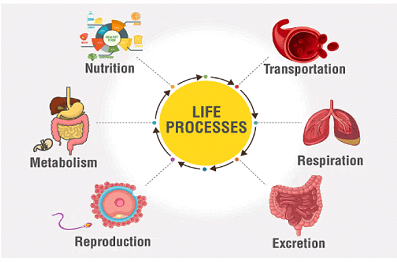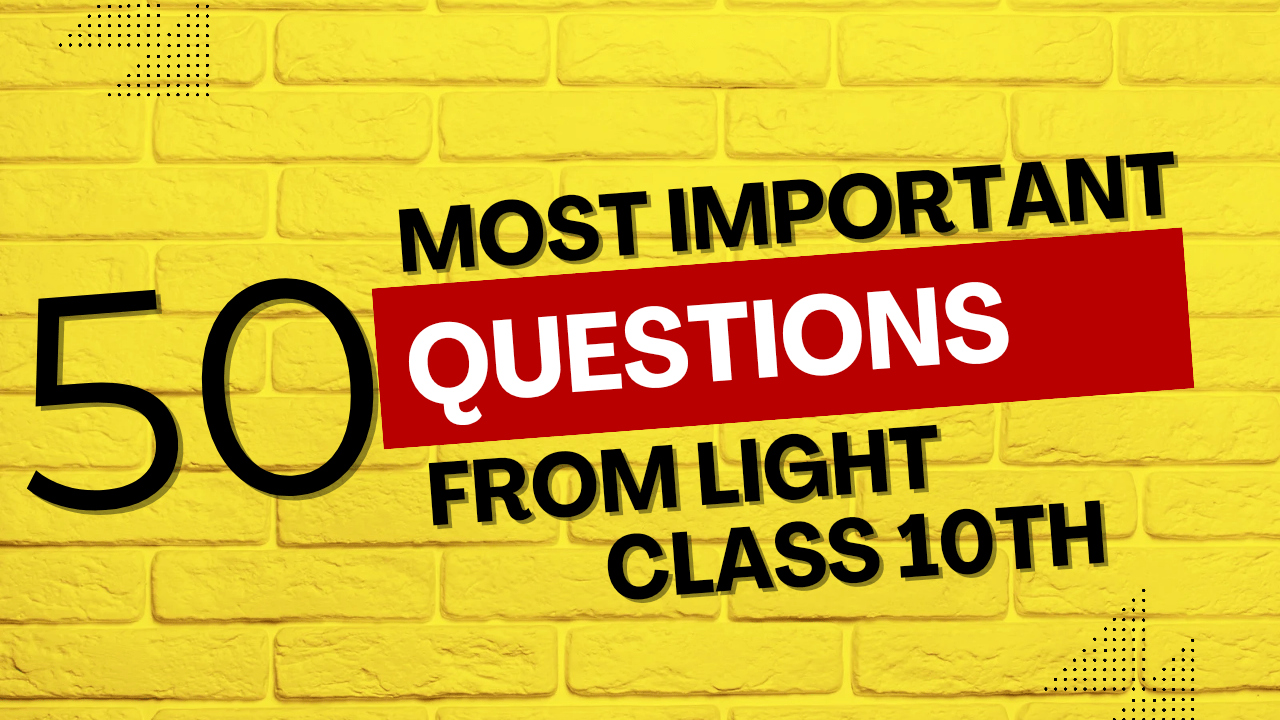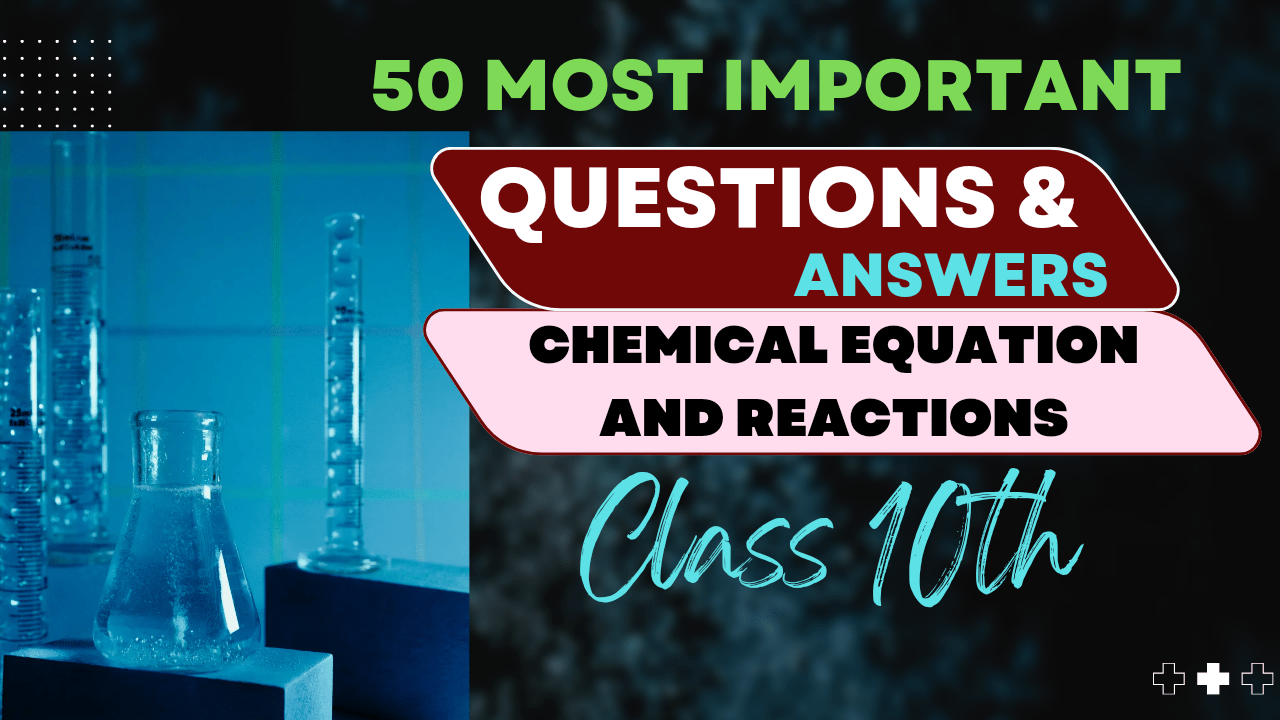Addition and Substitution Reactions of Carbon Compounds
Types with examples
Introduction
Carbon compounds, particularly those containing unsaturated bonds or functional groups, can undergo various types of reactions. Among the most important reaction types in organic chemistry are addition and substitution reactions. These reactions form the foundation of synthetic organic chemistry and are essential concepts for understanding how carbon compounds transform and interact.
In this article, we’ll explore these two major reaction types, their mechanisms, examples, and practical applications—all from an exam-oriented perspective.
Addition Reactions
Definition and Mechanism
An addition reaction occurs when atoms or groups of atoms add across a carbon-carbon multiple bond (double or triple bond), resulting in the formation of a saturated compound. The π-bond in the multiple bond breaks, and new σ-bonds form with the attacking reagent.
General Formula:
C=C + A-B → A-C-C-B
Where:
- C=C represents an unsaturated carbon-carbon bond
- A-B represents the addition reagent
- The product shows A and B added across the former double bond
Types of Addition Reactions
1. Hydrogenation
Hydrogenation involves the addition of hydrogen (H₂) across a carbon-carbon multiple bond in the presence of a catalyst like nickel, platinum, or palladium.
CH₂=CH₂ + H₂ →Ni/Pt/Pd CH₃-CH₃
Example: Ethene + Hydrogen → Ethane
2. Halogenation
Halogenation is the addition of halogens (Cl₂, Br₂, I₂) across a carbon-carbon double bond. This reaction occurs via an electrophilic addition mechanism.
CH₂=CH₂ + Br₂ → CH₂Br-CH₂Br
Example: Ethene + Bromine → 1,2-Dibromoethane
The reaction proceeds via a cyclic bromonium ion intermediate:
- Bromine forms a π-complex with the double bond
- A cyclic bromonium ion forms
- The bromide ion attacks from the opposite side (anti-addition)
Bromine Test:
This reaction forms the basis of the bromine water test for unsaturation. When bromine water (reddish-brown) is added to an unsaturated compound, the color disappears as the bromine reacts with the double bond.
3. Hydrohalogenation
Hydrohalogenation is the addition of hydrogen halides (HCl, HBr, HI) across a carbon-carbon double bond. The reaction follows Markovnikov’s rule.
CH₃-CH=CH₂ + HBr → CH₃-CHBr-CH₃
Example: Propene + Hydrogen Bromide → 2-Bromopropane
Markovnikov’s Rule:
“In the addition of HX to an unsymmetrical alkene, the hydrogen atom attaches to the carbon atom that already has more hydrogen atoms, and the halogen attaches to the carbon atom that has fewer hydrogen atoms.”
In simpler terms: The hydrogen adds to the carbon with more hydrogens, and the halogen adds to the carbon with fewer hydrogens.
4. Hydration
Hydration is the addition of water across a carbon-carbon double bond in the presence of an acid catalyst. This reaction also follows Markovnikov’s rule.
CH₂=CH₂ + H₂O →H₂SO₄ CH₃-CH₂OH
Example: Ethene + Water → Ethanol
Anti-Markovnikov Addition
Under certain conditions, addition reactions can proceed in an anti-Markovnikov fashion, where the hydrogen adds to the carbon with fewer hydrogens.
CH₃-CH=CH₂ + HBr →peroxide CH₃-CH₂-CH₂Br
Example: Propene + Hydrogen Bromide (with peroxide) → 1-Bromopropane
This is an example of anti-Markovnikov addition due to the peroxide effect.
Substitution Reactions
Definition and Mechanism
A substitution reaction occurs when an atom or a group of atoms in a molecule is replaced by another atom or group of atoms. Substitution reactions are common in saturated carbon compounds or compounds with functional groups.
General Formula:
R-X + Y → R-Y + X
Where:
- R-X represents a carbon compound with a leaving group X
- Y represents the substituting nucleophile
- R-Y is the substitution product
- X is the leaving group that gets displaced
Types of Substitution Reactions
1. Nucleophilic Substitution (SN)
In nucleophilic substitution, an electron-rich species (nucleophile) replaces a leaving group. There are two primary mechanisms: SN1 and SN2.
SN1 (Substitution Nucleophilic Unimolecular)
Two-step process:
- Slow formation of a carbocation
- Fast attack by nucleophile
Example:
(CH₃)₃C-Br → (CH₃)₃C⁺ + Br⁻
(CH₃)₃C⁺ + OH⁻ → (CH₃)₃C-OH
tert-Butyl bromide → tert-Butyl alcohol
SN2 (Substitution Nucleophilic Bimolecular)
One-step concerted process:
Nucleophile attacks carbon from behind the leaving group
Example:
CH₃-Br + OH⁻ → CH₃-OH + Br⁻
Methyl bromide → Methanol
| Factor | SN1 | SN2 |
|---|---|---|
| Rate law | Rate = k[R-X] | Rate = k[R-X][Nu] |
| Substrate preference | Tertiary > Secondary > Primary | Primary > Secondary > Tertiary |
| Stereochemistry | Racemization | Inversion of configuration |
| Nucleophile strength | Less important | Very important |
| Solvent effect | Polar protic solvents favor | Polar aprotic solvents favor |
2. Electrophilic Substitution
In electrophilic substitution, an electron-deficient species (electrophile) replaces an atom or group in an electron-rich compound. These reactions are common in aromatic compounds.
Halogenation of Benzene:
C₆H₆ + Cl₂ →FeCl₃ C₆H₅Cl + HCl
Benzene undergoes chlorination in the presence of iron(III) chloride as a catalyst.
3. Free Radical Substitution
Free radical substitution involves the replacement of an atom or group by a free radical mechanism. A common example is the halogenation of alkanes.
Chlorination of Methane:
CH₄ + Cl₂ →UV light CH₃Cl + HCl
The reaction proceeds through these steps:
- Initiation: Cl₂ →UV 2Cl·
- Propagation: Cl· + CH₄ → HCl + CH₃·
- Propagation: CH₃· + Cl₂ → CH₃Cl + Cl·
- Termination: Cl· + Cl· → Cl₂
Comparison Between Addition and Substitution Reactions
| Aspect | Addition Reactions | Substitution Reactions |
|---|---|---|
| Substrate | Unsaturated compounds (alkenes, alkynes) | Saturated compounds or compounds with functional groups |
| Bond changes | π-bond breaks, two new σ-bonds form | One σ-bond breaks, one new σ-bond forms |
| Product | More saturated compound | Compound with new functional group |
| Reagents | H₂, X₂, HX, H₂O, etc. | Nucleophiles, electrophiles, free radicals |
| Common examples | Hydrogenation, halogenation, hydration | SN1, SN2, electrophilic aromatic substitution |
Practical Applications
Addition Reactions
- Hydrogenation of vegetable oils to produce margarine
- Production of alcohols from alkenes (hydration)
- Polymer synthesis (addition polymerization)
- Halogenation for synthesis of halogenated compounds
- Testing for unsaturation using bromine water
Substitution Reactions
- Synthesis of alkyl halides from alcohols
- Preparation of ethers via Williamson synthesis
- Pharmaceutical synthesis
- Preparation of dyes and other aromatic compounds
- Halogenation of alkanes to produce solvents and refrigerants
Exam Tips and Common Questions
Key Concepts to Remember:
- Unsaturated compounds undergo addition reactions
- Saturated compounds undergo substitution reactions
- Markovnikov’s rule for addition of HX to alkenes
- Anti-Markovnikov addition occurs with peroxides
- SN1 reactions favor tertiary substrates
- SN2 reactions favor primary substrates
- Free radical substitution requires initiators like UV light or heat
Common Exam Questions:
- Predict the major product when propene reacts with HBr
- Compare and contrast SN1 and SN2 mechanisms
- Explain why tertiary halides undergo SN1 reactions more readily than primary halides
- Describe the mechanism of the free radical chlorination of methane
- Predict the product when cyclohexene reacts with Br₂ in CCl₄
- Explain Markovnikov’s rule with suitable examples
- What is the peroxide effect and how does it change the outcome of a reaction?
Problem-Solving Approach:
- Identify the type of substrate (saturated/unsaturated)
- Determine the reagent and reaction conditions
- Choose the appropriate mechanism (addition, substitution)
- Apply relevant rules (Markovnikov’s rule, stereochemistry)
- Draw the expected product
Summary
Addition Reactions
- Occur in unsaturated compounds (alkenes, alkynes)
- Involve breaking of π-bonds and formation of new σ-bonds
- Examples include hydrogenation, halogenation, hydration
- Often follow Markovnikov’s rule
- Can exhibit anti-Markovnikov behavior with peroxides
Substitution Reactions
- Occur in saturated compounds or compounds with functional groups
- Involve replacement of one atom or group with another
- Types include nucleophilic (SN1, SN2), electrophilic, and free radical substitution
- SN1 and SN2 reactions have distinct mechanisms and stereochemical outcomes
- Substrate structure significantly influences the reaction mechanism
Understanding addition and substitution reactions is fundamental to organic chemistry and enables the synthesis of a wide range of compounds with diverse applications.
Continue your learning journey with our next topic:
Important Carbon Compounds: Ethanol and Ethanoic Acid →


